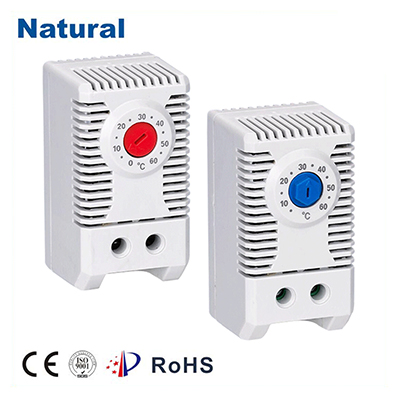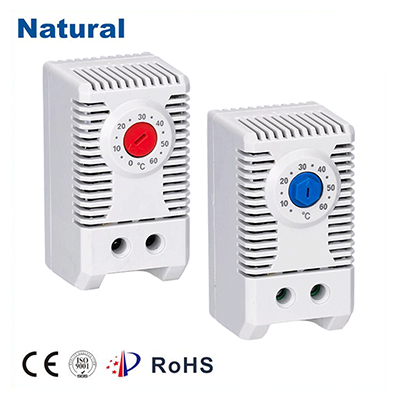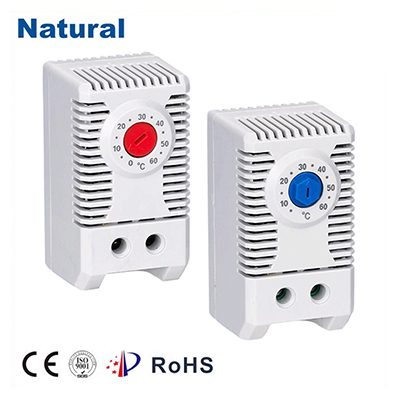A bimetal thermostat is an essential component widely used in various household and industrial applications to regulate temperature. This device operates on a simple yet effective principle that involves two metals with different coefficients of thermal expansion. When temperature changes, the differing expansion rates cause the metals to bend, triggering a switch that controls the flow of electricity or heat. This article explores the working principle, applications, advantages, and common uses of bimetal thermostats, offering a comprehensive understanding of this crucial temperature-control device.

Working Principle of Bimetal Thermostat

The core function of a bimetal thermostat lies in its bimetallic strip. This strip is composed of two metals that are bonded together—usually one metal has a high coefficient of thermal expansion (like brass or copper), while the other has a lower expansion rate (like steel). As the temperature increases, the metal with the higher expansion rate will expand more than the other, causing the strip to bend or curve. Conversely, as the temperature decreases, the strip returns to its original shape. This bending motion is the key to how the bimetal thermostat operates. When the strip bends sufficiently, it activates a mechanical switch that opens or closes an electrical circuit. In many applications, the thermostat controls power to heating or cooling systems, effectively maintaining the temperature within a set range. The device typically resets when the temperature returns to its target level.
